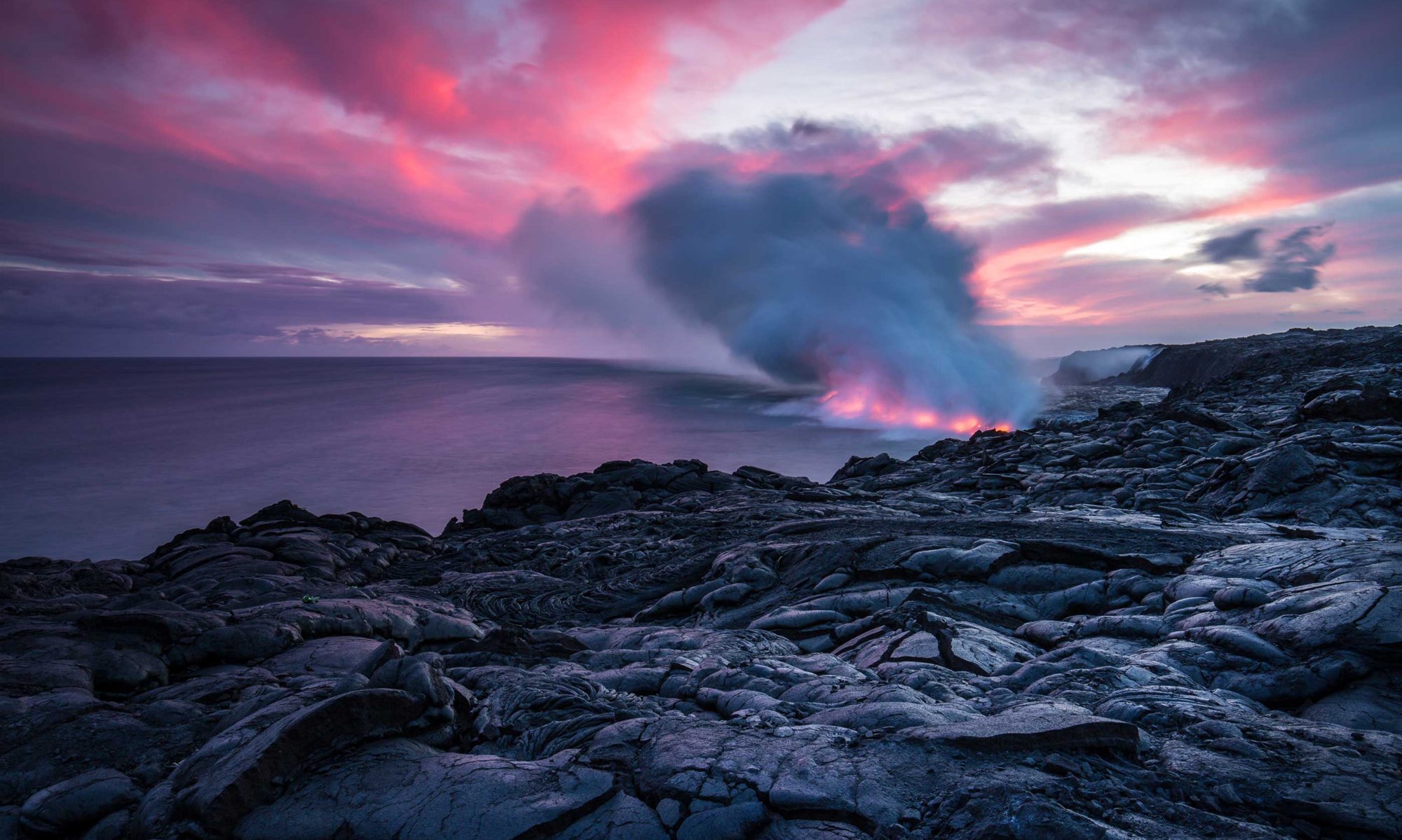Geologists are looking for a site that best demonstrates how humans have changed the structure of our planet’s surface. This place will best illustrate when a new epoch called the Anthropocene was born and its predecessor called the Holocene came to an end.
Continue reading “What is the Anthropocene?”Megadrought affects gravity waves
A severe drought that has lasted on Earth for over two decades is now thought to have affected gravity waves where our planet’s atmosphere meets outer space.
Continue reading “Megadrought affects gravity waves”Greenland’s glaciers melting faster than thought
Current predictions of ice melt in the Arctic are undoubtedly way off. According to a new study, glaciers in the icy north could be slipping into the sea up to 100 times faster than previously thought.
Continue reading “Greenland’s glaciers melting faster than thought”Glaciers on Earth for past 60 million years
Glaciers have existed on Earth for at least 60 million years, a period stretching back almost to the time of the dinosaurs. New research pushed the date when the planet was last glacier-free back to at least 26 million years.
Continue reading “Glaciers on Earth for past 60 million years”NASA to survey Earth’s water
A satellite built for NASA and the French space agency has been launched into low-Earth orbit to observe nearly all the water on the Earth’s surface. The mission is expected to last for three years.
Continue reading “NASA to survey Earth’s water”Greenland ice streams
Scientists now know that major ice streams can shut down, shifting rapid ice transport to other parts of the ice sheet, within a few thousand years. This was found in reconstructions of two ice streams, based on ice-penetrating radar scans of the Greenland ice sheet by a team led by the Alfred Wegener Institute.
Continue reading “Greenland ice streams”What is COP15?
COP15 is the United Nations conference which aims to lay out a plan to tackle the ‘unsustainable rate’ of biodiversity loss. Scientists, rights advocates and delegates from nearly 200 countries are gathering in Montreal, Canada to tackle this issue.
Continue reading “What is COP15?”Breathing life into the ocean
Almost all life in the ocean depends on tiny photosynthetic organisms called phytoplankton. These microscopic plant-like organisms collect carbon dioxide from the atmosphere and release oxygen. Phytoplankton are considered the Earth’s lungs and produce about half of our oxygen.
Continue reading “Breathing life into the ocean”Mauna Loa
On November 27th, Hawaii’s Mauna Loa, the world’s largest volcano, began erupting and spilling lava from fissures as its first eruption in nearly four decades.
Continue reading “Mauna Loa”Twin crises nature and climate
Some say delegates at the COP27 summit missed a key opportunity to recognize the connection between the twin nature and climate crises.
Continue reading “Twin crises nature and climate”
